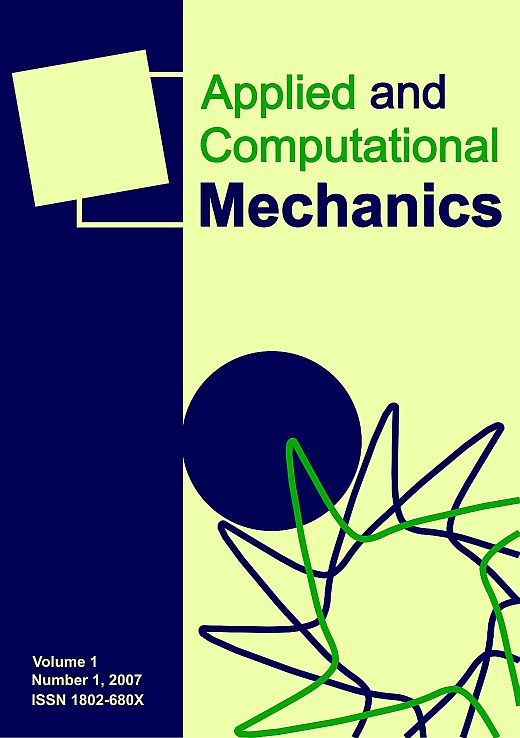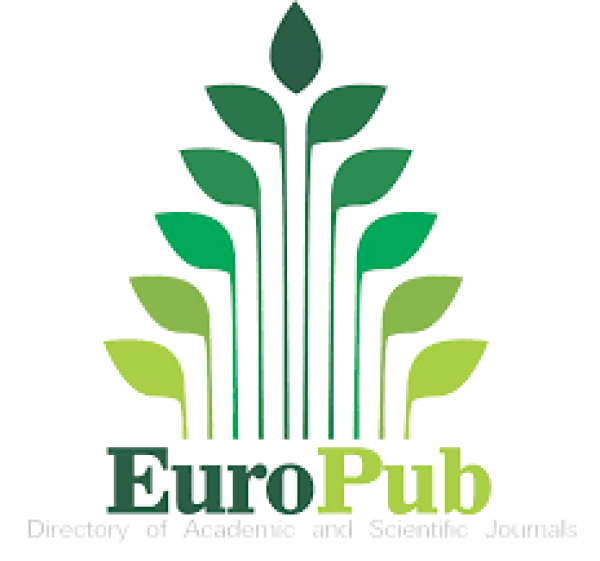Investigation of heat and mass transfer processes in the combustion chambe of industrial power plant boiler. Part 2. Distribution of concentrations of O2, CO, CO2, NO
DOI:
https://doi.org/10.24132/acm.2018.396Keywords:
combustion, modeling, concentration field, monodisperse pulverized coal flame, polydisperse pulverized coal flameAbstract
In the present paper, a study of furnace processes in the combustion chamber of the real energy boiler BKZ-160 of Almaty TPP-3 (Kazakhstan) using three-dimensional modeling methods has been carried out. Calculations of the combustion chamber for flame combustion of pulverized coal have been performed. The main purpose of this paper was to study the effect of fractional fuel composition on the concentration characteristics of the combustion process. Numerical simulation was carried out with two models of coal particle size distribution: monodisperse fuel flame (coal particle size identical and equal to 60 μm) and a polydisperse fuel flame (coal particle diameter varies from 10 to 120 μm). The polydisperse distribution corresponds to the fractional distribution (percentage of total coal particles) calculated for this boiler: the first fraction - 10% with dp=10 μm; 20% with dp=30 μm; 40% with dp=60 μm; 20% with dp=100 μm; 10% with dp=120 μm.The numerical simulation results of the influence of the pulverized coal particle size composition on concentration characteristics of combustion process are presented. The distributions of oxidizer (oxygen) and combustion products (NO, CO, CO2) are shown. Areas with the greatest concentration of gas products of burning are determined, regularities of formation of products and their concentration at the exit of fire chamber are also determined. The effect of fractional fuel composition on the obtained characteristics is sufficiently large, the empirical data obtained directly at TPP-3 show better convergence with the result of the computational experiment that confirms simultaneously the adequacy of the used physical and mathematical statement of the problem, as well as the validity of using the model of polyfractional distribution.
Downloads
Published
Issue
Section
License
Copyright (c) 2018 Applied and Computational Mechanics

This work is licensed under a Creative Commons Attribution 4.0 International License.







